Types of flooring
Contents |
[edit] What is flooring?
The term ‘flooring’ refers to the lower enclosing surface of spaces within buildings. This may be part of the floor structure, such as the upper surface of a concrete slab or floor boards, but typically it is a permanent covering laid over the floor. ‘Flooring’ can also be used to describe the process of laying flooring material.
The word 'floor' typically refers to both the surface finish and the structure that supports it. For more information see: Types of floor.
[edit] What are the most common types of flooring?
There is a wide range of flooring materials available, the most common of which are described below.
[edit] Timber flooring
Given that each piece is different, the unique aesthetic of timber is one of the main appeals for its use as flooring. It can also be very durable although it may scratch and is prone to movement. As timber is hygroscopic (sponge-like), it can be unsuitable for use in rooms that may be exposed to humidity or moisture, although treatment of the timber can make it resistant to moisture.
There are several options for finishing timber, such as wax, oil or lacquer. The two main types of timber flooring are:
- Solid timber flooring: Each board is made from a single piece of timber, typically 18-20mm thick, usually fitted using tongue-and-groove edge profiles.
- Engineered timber flooring: Each board consists of three or four layers of laminated timber, held together at right angles by glue to create a plank typically of around 14mm thickness.
For more information, see The Differences Between Engineered Flooring and Solid Hardwood Flooring.
[edit] Laminate flooring
Laminate flooring generally comprises a compressed fibreboard plank covered with an image of a material such as timber, stone, tiles and so on that is then given a protective coating. Laminates can be suitable for rooms that wish to benefit from the aesthetics of a ‘natural’ floor but at a lower cost, with easier installation, and without the risk of being damaged by scratching or moisture. Good quality laminates are durable and may have a 20-year warranty. They require minimal maintenance and may be installed with under-floor heating.
For more information, see Laminate flooring.
[edit] Vinyl flooring
Vinyl flooring can be supplied in rolls or as tiles and is generally fixed by glueing. It can be manufactured in a very wide range of colours and profiles (for example studded) and as with laminate flooring it can simulate the appearance of other materials.
The advantages of using vinyl flooring include:
- It is durable.
- It is easy to maintain and keep clean.
- It is capable of getting wet without buckling, making it suitable for use in bathrooms, kitchens, and so on.
- It is easy to instal.
- It can be relatively inexpensive.
For more information, see Vinyl flooring.
[edit] Bamboo flooring
Rather than being wood, bamboo is actually a grass that can be compressed into a flooring material that is nailed down or glued together. It has the advantage of being a renewable resource and water resistant.
For more information see Bamboo flooring.
[edit] Cork flooring
Cork is a water-resistant, renewable material that is suitable for a range of spaces, including basement and bathroom installations. Some cork flooring can be clicked together in the same way as laminates, or they can be glued. Cork floors are warm and flexible although they can be damaged easily by sharp objects.
For more information, see Cork flooring.
[edit] Porcelain or ceramic tile flooring
There are many options in terms of colour, texture, shape and finishes of tiles. Because of their hardness they are difficult to scratch or dent, and they are also suitable for wet environments. However, they are difficult to instal and can break if there is a lack of support beneath the tiles.
For more information, see Porcelain.
[edit] Natural stone flooring
These are generally more expensive than porcelain or ceramic options, but can be more aesthetically pleasing. They need to be properly sealed when installed, a process that will need repeating occasionally to keep the tiles protected.
For more information, see Natural stone flooring.
[edit] Carpet flooring
Carpet is made of an upper layer of pile attached to a backing. The pile is usually wool or fibres such as nylon, polyester or polypropylene that are heat-treated after having been twisted together into tufts or woven. There are many varieties of texture, style and colour available and generally carpet is both durable and easy to maintain. Carpet also has insulating properties in terms of both heat and sound. However, carpets can stain quite easily and can be damaged by water and damp.
Carpets can be supplied in rolls or as tiles.
For more information, see Types of carpet.
[edit] Rubber flooring
Rubber flooring is made from natural or synthetic materials, including recycled rubber tyres. It is categorised as a type of resilient flooring as it exhibits characteristics of elasticity or ‘bounce’. This also makes it suitable for dance floors, restaurants or other high traffic areas where foot fatigue and slippage can occur.
Rubber flooring is also becoming a popular option for domestic installations. It is being used for children’s playrooms, shower and bathrooms, garages, home gyms and other applications that require moisture and stain resistance as well as sound absorption, durability, elasticity and temperature stability.
For more information, see Rubber flooring.
[edit] Mastic asphalt and polymeric poured flooring
Mastic asphalt and polymeric flooring is poured as a liquid which spreads out across the floor and then hardens. This creates a smooth, level finish without seams. While asphalt and polymer flooring options are not that common, they do have advantages in both commercial (especially industrial) and domestic applications where water protection and durability are high priorities.
For more information, see Mastic asphalt flooring and Polymeric flooring.
[edit] What are the most common types of domestic flooring in each room?
Domestic flooring is typically installed on a room-by-room basis rather than using one material throughout. Different rooms have different requirements from their floorings.
- Bedroom: The most popular choice is carpet, although wood, laminate, or vinyl can also be suitable.
- Kitchen: Vinyl is a popular choice as it is not affected by water, is easily cleaned and has durability. Tiles and laminate flooring are also options.
- Lounge/dining room: The flooring decision is likely to be down to aesthetic preferences, as all floor types are suitable.
- Landings/stairs: The majority of upstairs areas are carpeted as occupants will most likely be walking around without shoes and harder flooring can be noisy.
- Bathroom/wet areas: Untreated timber is unsuitable for these rooms, and carpets can become wet and unhygienic. Vinyl and tiles are ideal as they are unaffected by water and require minimum maintenance. Good quality vinyl with an R10 rating is slip resistant and therefore ideal for wet rooms.
[edit] What is the most common flooring in commercial buildings?
The most common types of flooring used in commercial buildings are:
- Vinyl : Easy to maintain, and unlike tile floors, there is no grouting involved. This means that it is good in terms of maintaining hygiene levels, making it a popular choice for hospitals, care homes, and so on. Due to vinyl’s hard wearing quality, it can withstand large amounts of foot traffic, making it suitable for a wide range of commercial environments.
- Safety flooring: This is a form of flexible, heavy duty, high grade vinyl or rubber flooring with slip resistant grains included. Essential for many industries to create a safe working environment. This flooring is easy to maintain and keep clean. As the most common cause of workplace injuries are slips, trips and falls, this flooring’s slip resistant quality makes it suitable for many workplace environments.
- Commercial carpets and carpet tiling: These are popular for many businesses due to the aesthetic quality that can be achieved. Carpet tiles are common in offices because instead of laying down a large role of carpet, the individual tiles can be laid down and removed as required, giving flexibility, access to raised floors and saving on wastage.
[edit] Related articles on Designing Buildings
Featured articles and news
RTPI leader to become new CIOB Chief Executive Officer
Dr Victoria Hills MRTPI, FICE to take over after Caroline Gumble’s departure.
Social and affordable housing, a long term plan for delivery
The “Delivering a Decade of Renewal for Social and Affordable Housing” strategy sets out future path.
A change to adoptive architecture
Effects of global weather warming on architectural detailing, material choice and human interaction.
The proposed publicly owned and backed subsidiary of Homes England, to facilitate new homes.
How big is the problem and what can we do to mitigate the effects?
Overheating guidance and tools for building designers
A number of cool guides to help with the heat.
The UK's Modern Industrial Strategy: A 10 year plan
Previous consultation criticism, current key elements and general support with some persisting reservations.
Building Safety Regulator reforms
New roles, new staff and a new fast track service pave the way for a single construction regulator.
Architectural Technologist CPDs and Communications
CIAT CPD… and how you can do it!
Cooling centres and cool spaces
Managing extreme heat in cities by directing the public to places for heat stress relief and water sources.
Winter gardens: A brief history and warm variations
Extending the season with glass in different forms and terms.
Restoring Great Yarmouth's Winter Gardens
Transforming one of the least sustainable constructions imaginable.
Construction Skills Mission Board launch sector drive
Newly formed government and industry collaboration set strategy for recruiting an additional 100,000 construction workers a year.
New Architects Code comes into effect in September 2025
ARB Architects Code of Conduct and Practice available with ongoing consultation regarding guidance.
Welsh Skills Body (Medr) launches ambitious plan
The new skills body brings together funding and regulation of tertiary education and research for the devolved nation.
Paul Gandy FCIOB announced as next CIOB President
Former Tilbury Douglas CEO takes helm.
UK Infrastructure: A 10 Year Strategy. In brief with reactions
With the National Infrastructure and Service Transformation Authority (NISTA).






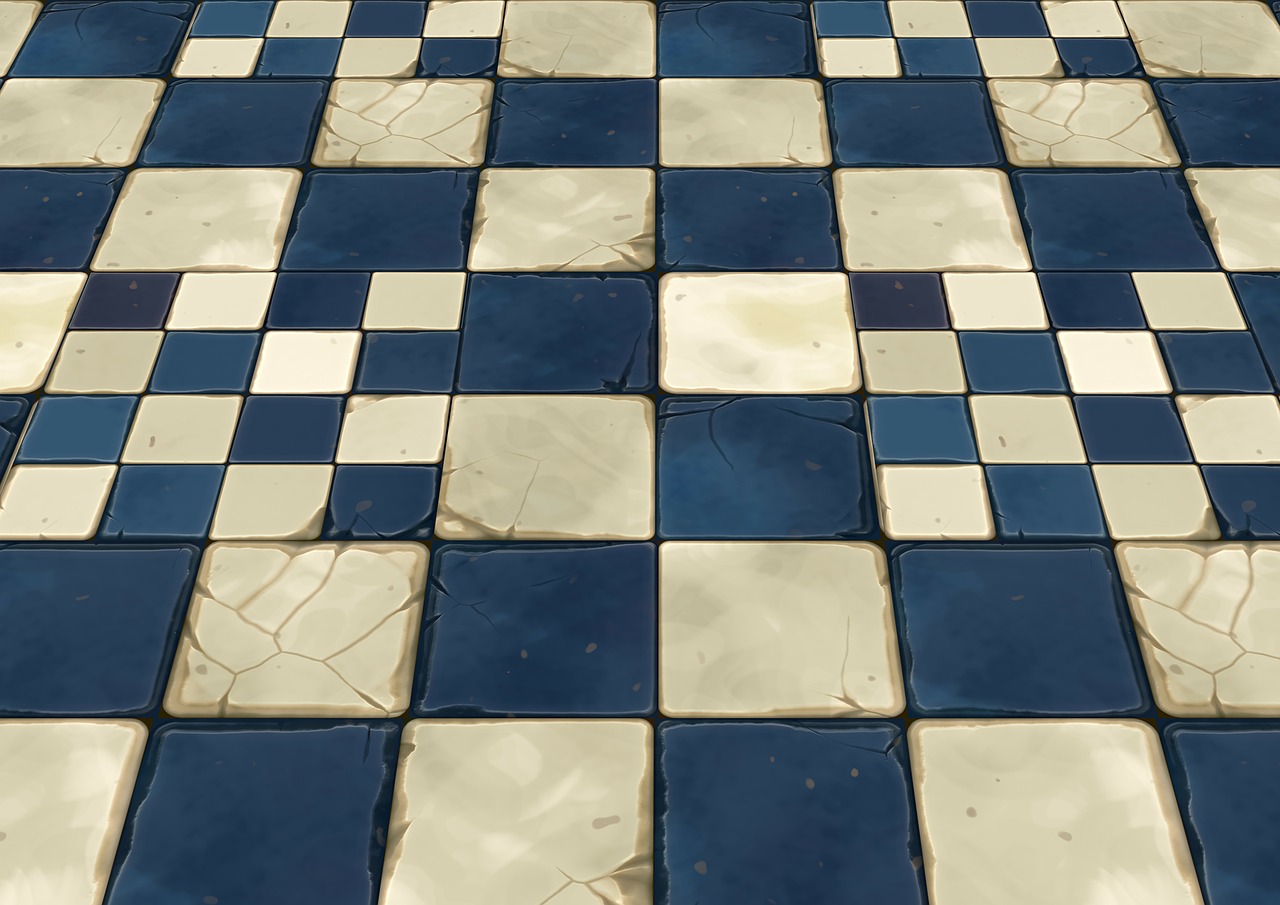
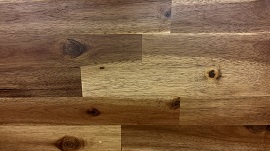
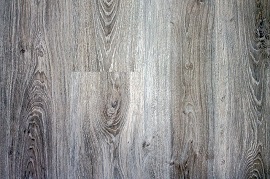
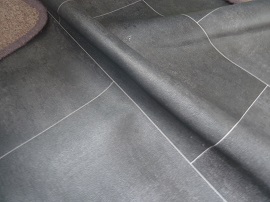
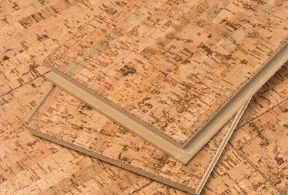
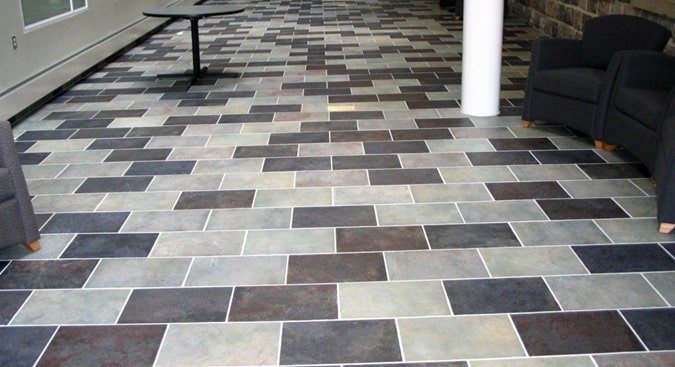
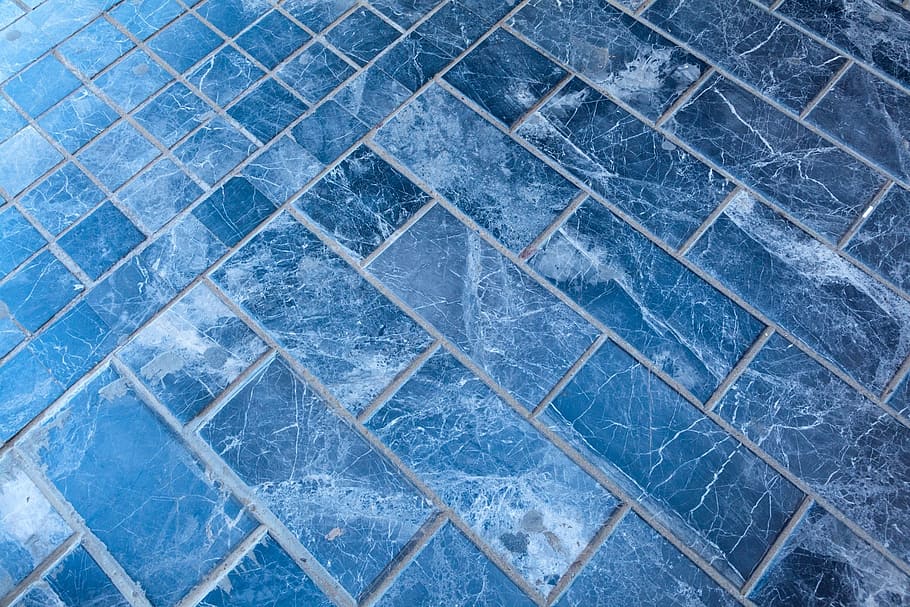
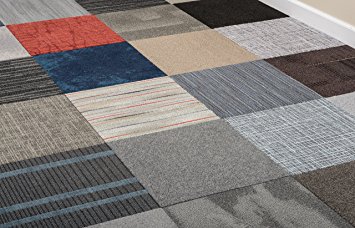

















Comments
[edit] To make a comment about this article, click 'Add a comment' above. Separate your comments from any existing comments by inserting a horizontal line.
Really good introduction to the basic types, with links to more detailed articles.